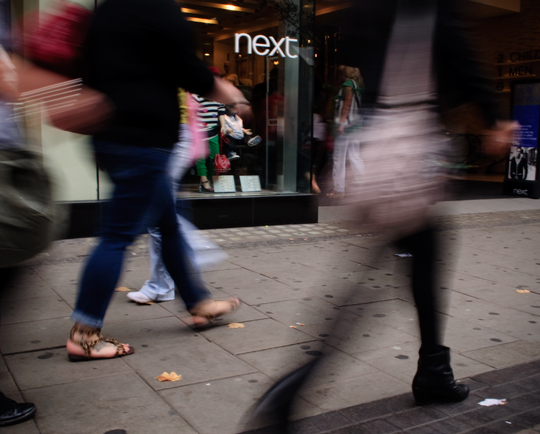Household Bills
Consumer prices still falling

Data from the British Retail Consortium (BRC) shows shop prices continue to fall, dipping 0.8% year-on-year.
The BRC, which compiles the data with Nielsen, said shop prices have now been falling for 58 months. In particular, deflation in non-food prices deepened in February, with prices decreasing at a rate of 2.2% compared to January when prices declined by 1.9%. This represented the deepest deflation since April 2017.
This reflects a difficult time for non-food retailers in a week where both Toys R Us and Maplin went into administration. 2018 has already seen a number of high street casualties, including Warren Evans and Feather & Black.
In contrast, food prices continue to move in the opposite direction, rising 1.6% in February. However, this was a slower pace than in January, when they rose 1.9%. Fresh food saw slower inflation than ‘ambient’ food (shelf food), where prices rose at their fastest rate since September 2017.
Helen Dickinson, chief executive at the BRC said this was a further sign that we have passed the peak of the upward pressure on inflation caused by the fall in the pound in June 2016.
She added: “This will ease the squeeze on consumer incomes over the coming year, but it’s likely to do little to lift the rate of growth in consumption. Earnings are still falling in real terms, despite wages increasing, and savings are unlikely to provide the same support to spending that they have over the last 18 months.

Why Life Insurance Still Matters – Even During a Cost-of-Living Crisis
Sponsored by Post Office
“While it’s good news that earnings and inflation are heading in the right directions for consumers, retailers can expect to see more of the same; a tough trading environment over the coming months.”
Mike Watkins, head of retailer and business insight at Nielsen, said: “Food retailers continue to see sales growth and this is being supported by inflation, as the cost price of some food in particular ambient grocery has increased since the start of the year.
“However not all of the increases have been passed onto shoppers and we are now seeing food inflation beginning to peak. With structural changes in the non food retail landscape accelerating and consumers remaining cautious about discretionary spend, non food prices are still deflationary.”